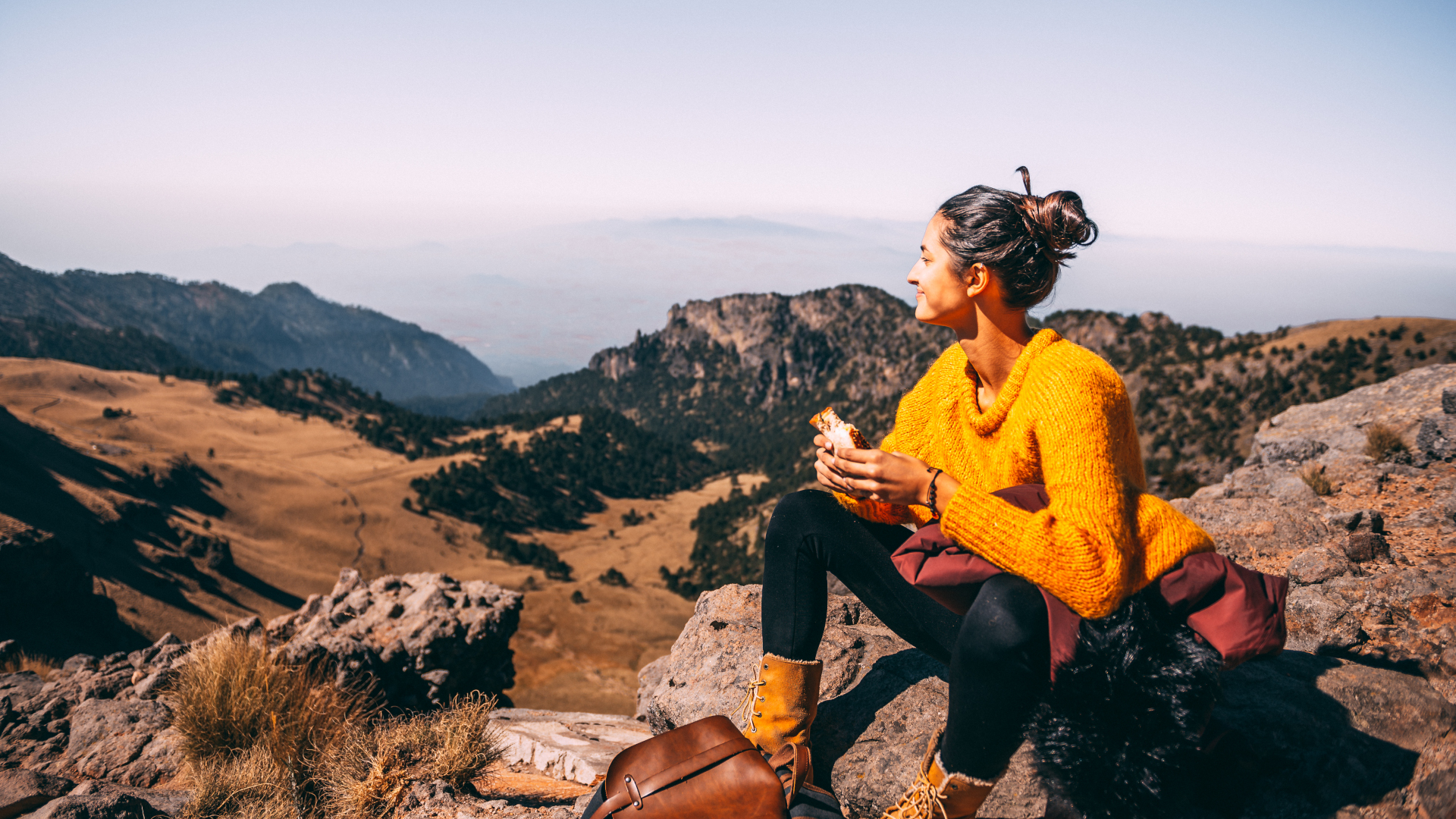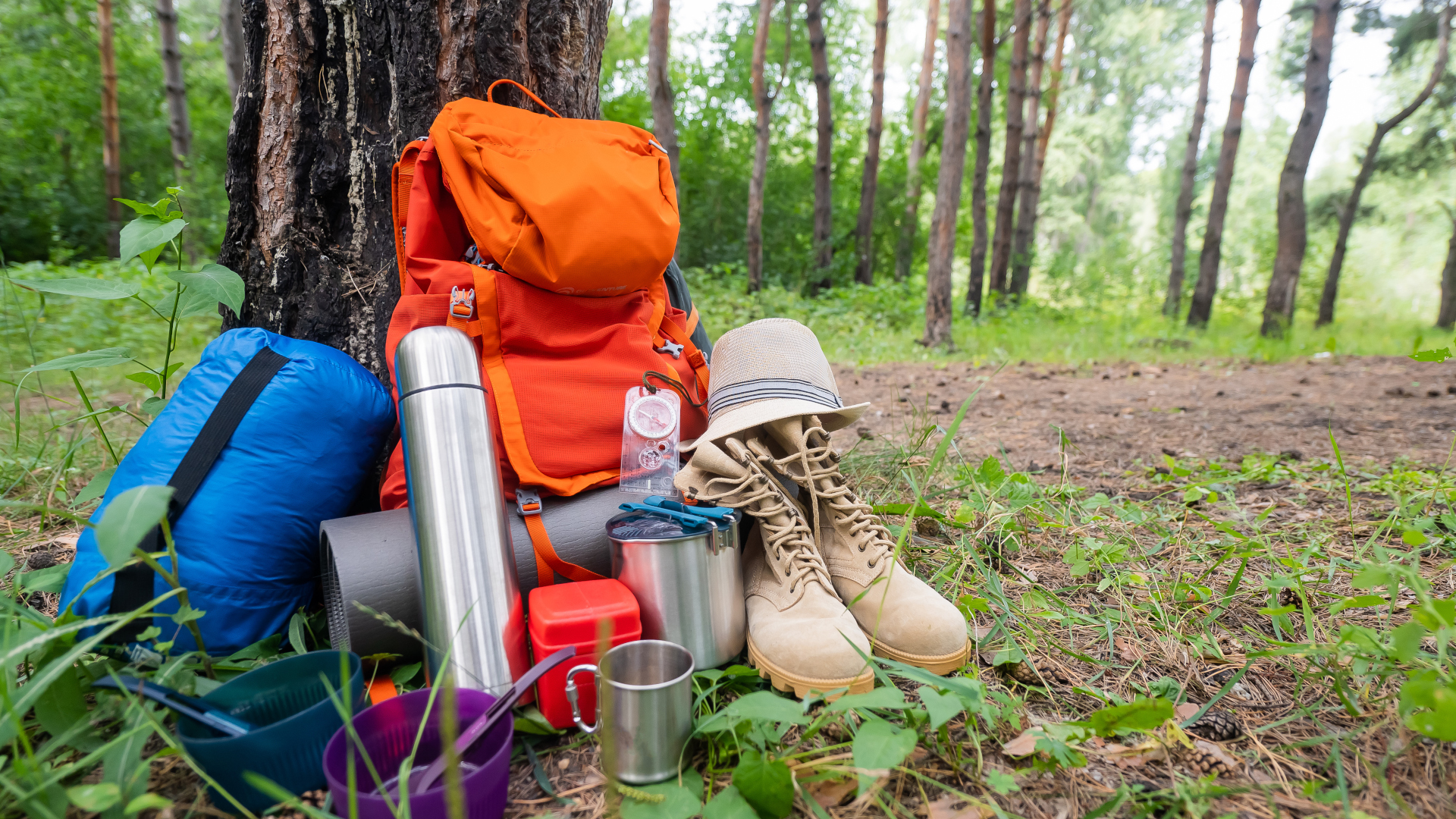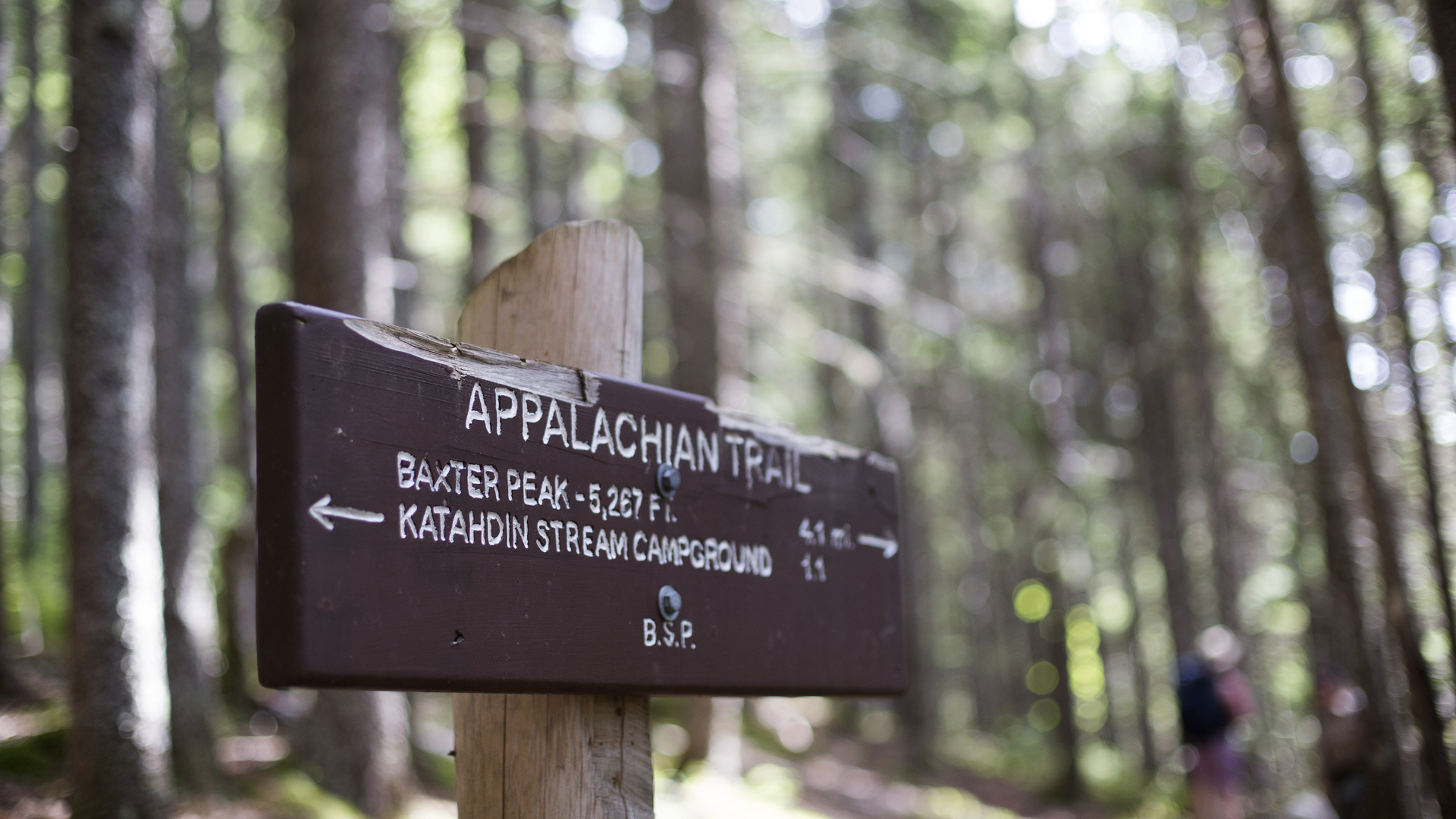What are the different types of hiking?
We explain the four main types of hiking, from day hikes to epic treks, to help you reap the benefits no matter how far you go

As we’ve previously explained, hiking involves going for a long walk, usually with at least a bit of incline, always outdoors, and a good pair of hiking boots are generally a good idea. But if all that doesn’t really sound like your cup of tea, hang on a sec, because not all types of hiking are created equally. That’s right, there are different types of hiking that range from leisurely ambles to hardcore, type 2 fun expeditions and knowing the different types of hiking helps you to find the style that suits your vibe.
In this article, we explain the four main types of hiking that make up this category of outdoor adventure, so no matter what you choose, you set off amply prepared and can reap all the benefits, such as physical fitness, mental health and even helping you to think.
1. Day hiking

The most common and accessible type of hiking is day hiking. Simply put, this is a hike that you can do in a day. It can take place in a tranquil forest, on a long-distance trail or it might lead you up a gnarly descent to a rocky summit. It can be on an out-and-back trail or a loop. It can take a couple of hours or span every minute from sunrise to sunset. However, a day hike doesn’t involve any camping, and therefore you don’t need to carry a heavy backpack full of items like a tent and your best sleeping bag.
Instead, you’ll just need the hiking essentials and though you should always have a certain level of fitness and some skill in map reading and using a compass for a day hike, there is certainly less skill and fitness required for a day hike than any other type of hiking. You typically don’t need to acquire any permits for most day hikes, or pay fees unless you are entering a National Park.
2. Backpacking

Backpacking, otherwise referred to as an overnight hike, means you’re going on a hike with at least one night of camping involved. This might entail hiking for several hours before setting up camp, then hiking further the next day before returning home, or possibly repeating this process for several more nights. Backpacking could entail long-distance hiking, but lots of great backpacking trips only involve a couple of miles and a really awesome spot where you just want to pitch up for the night and get away from the city lights.
Regardless of how long your backpacking trip is, you’ll need to bring more gear than you do for a day hike – such as tent, sleep system, camping stove and meals – and there is more skill required, such as knowing how to build a campfire to keep warm at night, or how to hang a bear bag in certain areas. You may also need backpacking permits to pitch your tent.
3. Section hiking

Section hiking is a type of hiking that involves hiking a section – or more – of a long-distance trail. There are long-distance trails all over the world such as the Appalachian Trail in the US, the South West Coast Path in England and El Camino de Santiago in Spain. These trails are typically hundreds, if not thousands of miles long, and hiking them in their entirety requires a substantial amount of time, commitment and funds. Consequently, many people tackle sections of these trails.
All the latest inspiration, tips and guides to help you plan your next Advnture!
A section can be anything from a handful of miles to hundreds of miles and a section hiker might devote a day, a weekend, a week or even several weeks at time to completing their chosen sections. The section hiker gets a taste of the bigger picture without such a massive commitment, and while they might hang up their hat after a section or two, they may also end up completing the entire trail over the course of many years. Subsequently, the gear, permits and preparation needed for section hiking really depends on how far you’re going.
4. Thru-hiking

The MacDaddy of hiking, thru-hiking involves epic trekking on those same long-distance trails that you’ll find section hikers on, but in this case, you do the entire trail in one go. By nature, thru-hikers are always long distance hikers, though a long-distance trail might be a hundred miles that you can complete in about a week, such as Scotland’s West Highland Way, or it could be a grueling 3,000-mile endeavor like the Continental Divide Trail and take at least six months to complete. Thru-hiking always involves lots of gear and a fairly significant commitment of time, energy and resources and permits are often required.
Julia Clarke is a staff writer for Advnture.com and the author of the book Restorative Yoga for Beginners. She loves to explore mountains on foot, bike, skis and belay and then recover on the the yoga mat. Julia graduated with a degree in journalism in 2004 and spent eight years working as a radio presenter in Kansas City, Vermont, Boston and New York City before discovering the joys of the Rocky Mountains. She then detoured west to Colorado and enjoyed 11 years teaching yoga in Vail before returning to her hometown of Glasgow, Scotland in 2020 to focus on family and writing.

